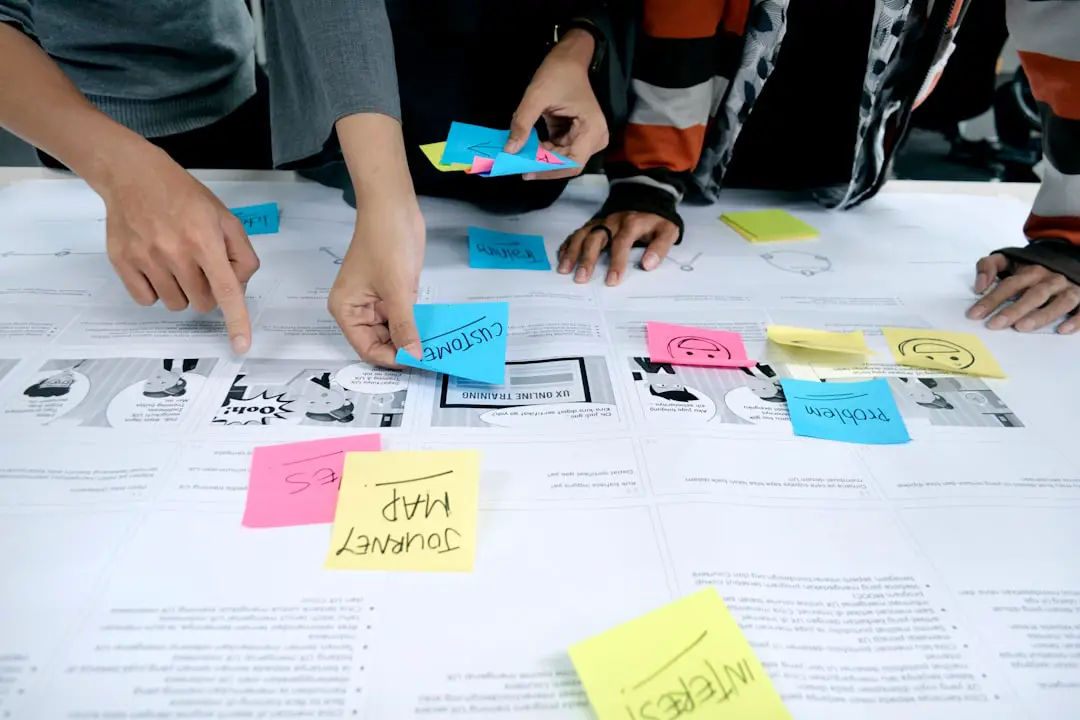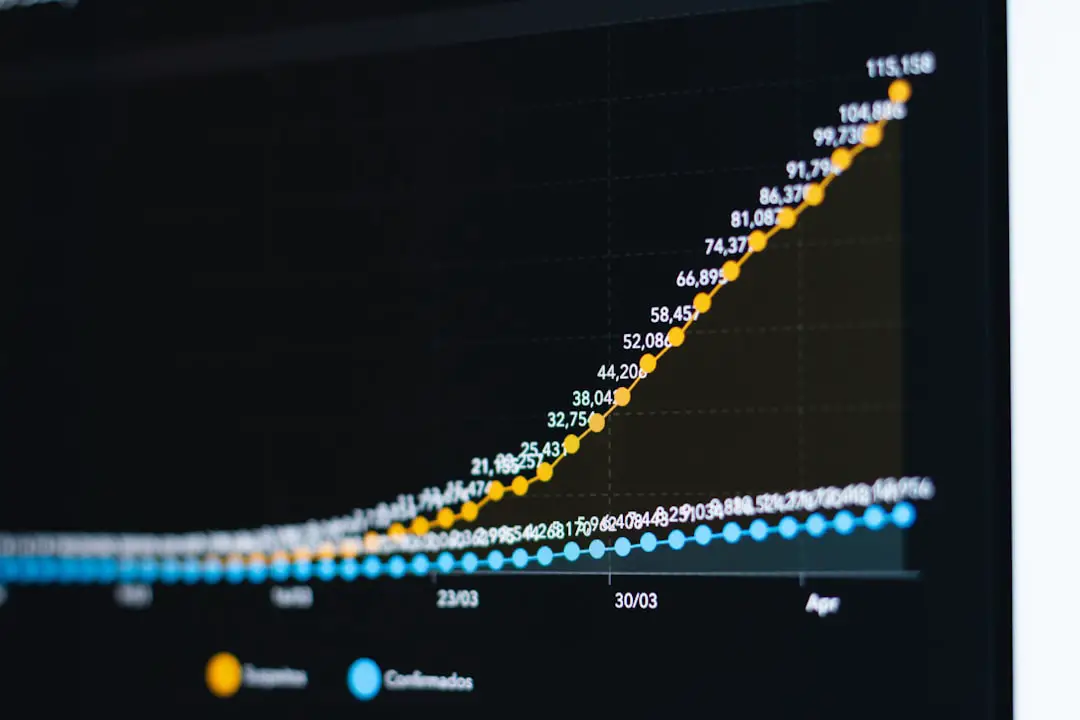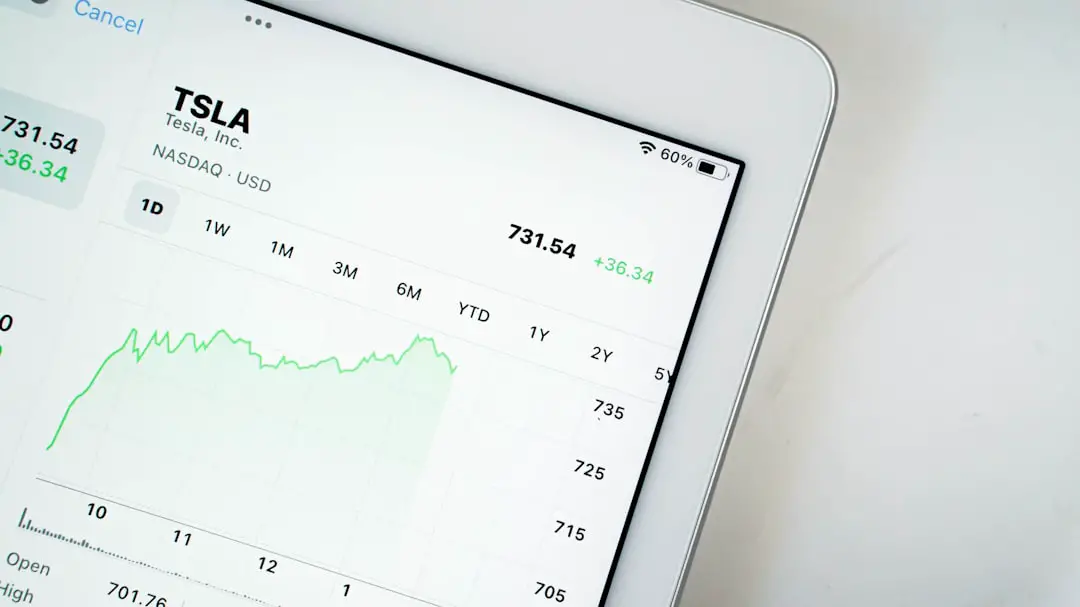So, you’ve built an amazing product. It solves real problems and people are excited. But now comes the big question — how do you get users to actually start using it? That’s where Product-Led Growth (PLG) comes in. And in 2025, choosing the right path for your PLG motion matters more than ever.
In this article, we’ll break down two powerful PLG methods: Freemium and Free Trial. We’ll explain what they are, how they work, and which one might be right for your product. 🎯
Wait, What is PLG Again?
PLG stands for Product-Led Growth. It means your product is the main channel for acquiring and converting users. Instead of a sales team pushing demos, the product speaks for itself.
Think of tools like Slack, Notion, or Figma. You don’t need a sales call to try them. You just sign up and start using. That’s PLG in action.

Free Trial vs. Freemium: What’s the Difference?
Both Free Trial and Freemium offer users a way to try your product before they pay. But they do it differently.
1. Free Trial:
- Gives full access to the product
- Lasts for a limited time (like 7, 14, or 30 days)
- User must upgrade or lose access when trial ends
2. Freemium:
- Gives limited access to the product
- Available forever—no ticking clock
- User can upgrade anytime to unlock premium features
Think of Free Trial like a test drive of a luxury car. You get the full experience, but only for a short while. Freemium is more like owning a bicycle with the option to upgrade it. You can keep it forever, use it every day, and pay if you want better gears.
Which One Wins in 2025?
With the tech landscape in 2025, both methods can win — if done right. Trends are changing, users are smarter, and expectations are higher. So how do you choose?
Let’s compare them:
| Feature | Free Trial | Freemium |
|---|---|---|
| Time Limit | Yes (usually 7–30 days) | No |
| Access Level | Full product | Limited features |
| Conversion Strategy | Urgency-based | Value-based |
| Good for Complex Products? | Yes | No (users might get confused) |
| Best for Viral Growth? | Less suited | Yes |
When to Use a Free Trial
A free trial works best when your product is:
- Feature-rich and complex — people need to see the full magic
- Targeted at businesses with specific workflows
- Not immediately “sticky” — might take time for users to realize value
It also helps you control the user experience. You can guide users with onboarding or offer in-trial support.
But be careful — if your trial ends before the user sees value, you lose them forever. So timing, messaging, and activation really matter here.
When to Use Freemium
Freemium is great when your product:
- Has low learning curves — nearly anyone can figure it out
- Offers instant value — results or rewards appear quickly
- Thrives on network effects like team collaboration or sharing
This model is fantastic for going viral. Happy users invite others. Word spreads. Growth becomes exponential.

But remember: freemium only works if the free tier is actually useful. Don’t turn it into “free bait” with zero value. People will bounce fast.
Money Matters: Which One Converts Better?
Free trials tend to convert at higher rates — sometimes up to 25–30%. Why? Because users see the full value and feel pressure to upgrade before losing access.
Freemium converts lower — often in the 2–5% range. But it makes up for it with thousands or millions of users sticking around, even if they’re not paying right away.
So if you’re early-stage and need fast revenue, go Free Trial. If you want long-term adoption and brand reach, Freemium might work better.
Think Hybrid in 2025
Here’s a twist: in 2025, many companies are choosing both — a hybrid model.
Example: You offer a free version with basic tools (Freemium), but you also let users try Pro features for 14 days when they sign up (Free Trial).
This strategy lets users:
- Get long-term value without pressure
- Preview premium features upfront
- Stay engaged even if they don’t convert right away
It’s the best of both worlds. Just make sure it doesn’t get confusing. Keep the upgrade paths clear and simple.
A Few Golden Tips 💡
- Track product usage — know what features drive value
- Onboard users fast — the sooner they find success, the better
- Ask for feedback — especially right after sign-up or conversion
- Celebrate small wins in the product — dopamine keeps them coming back
- Don’t hide the paywall — users should know what’s free vs paid
Examples to Inspire You
Canva: Freemium-based. Easy to get started. But power features (like removing backgrounds or brand kits) make you want to upgrade.
Grammarly: Offers a free tier that’s genuinely useful. The paid tier is for people who want perfection — and it’s clear why you’d pay.
Ahrefs: Uses a short free trial (with lots of hand-holding). Their product is deep and takes time to understand.
Calendly: Blends both—free version is great, but business teams need the paid features to scale well.
Conclusion: Test, Test, Test!
In 2025, the best PLG strategy isn’t set in stone. What works for one product might flop for another. The key is to test both models, look at the data, and listen to your users.
Start simple. Launch fast. Experiment wisely.
Your product has what it takes — now let it do the selling.

